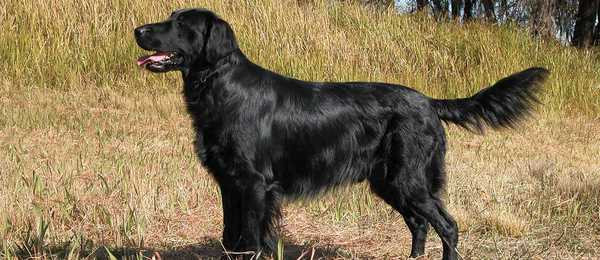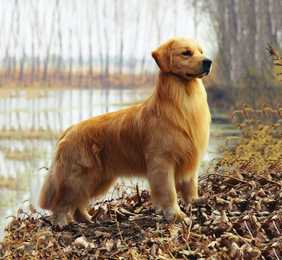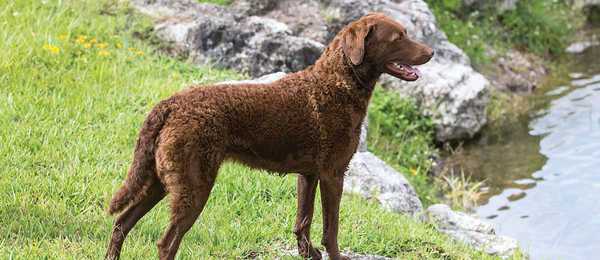
Nova Scotia Duck Tolling Retriever
View Adoptable Pets for This Breed

Traits and Characteristics
type
weight
height
family
The Nova Scotia Duck Tolling Retriever, also known as the "Toller," is a medium-sized ball of energy disguised in a handsome red coat. This breed boasts a thick, water-repellent outer coat with a soft undercoat, perfect for their love of swimming and retrieving waterfowl. Their coloring ranges from a light orange to a deep red, often with a touch of white on the face, feet, and the tip of their ever-wagging tail. Built for agility and endurance, Tollers are smaller and more athletic than most retrievers.
Energy Level
Exercise Requirements
Playfulness
Affection Level
Friendliness to Dogs
Friendliness to Other Pets
Friendliness to Strangers
Watchfulness
Ease of Training
Grooming Requirements
Heat Sensitivity
Vocality
N/A
Temperament
As befitting a dog bred to play and retrieve tirelessly, the Toller is very energetic and playful. You cannot throw a ball just once for a Toller! Everything they do is done with gusto, whether it’s obedience, agility, or just walking around the block. They are alert but not hyperactive, and can adjust to many circumstances. They are affectionate and gentle, but young Tollers can be overly boisterous at times. They are good with children, other dogs, and pets. Tollers may be initially wary of strangers, but warm up quickly. They learn fast and are generally willing to please, but bore easily and then can be a bit stubborn. When excited, they can be very vocall and are known for the shrill “Toller scream.”
Upkeep
Tollers need lots of exercise, especially involving playing and retrieving. They love water! Tollers also profit from mental challenges, such as obedience and agility. They are devoted family companions that treasure their interaction with humans. Grooming consists of a thorough weekly brushing.
Health
- Major concerns: none
- Minor concerns: CHD, PRA
- Occasionally seen: none
- Suggested tests: hip, eye, DNA for PRA
- Life span: 11–13 years
History
Europeans used dogs to toll (Middle English meaning: to lure or decoy) ducks into nets since the seventeenth century. Tolling is done by the dogs frolicking along the shore, chasing sticks, and occasionally disappearing from sight, an activity that draws curious ducks to the area. Such decoy dogs may have come with European settlers to the New World, where they were used to toll from the Chesapeake Bay to the Maritimes. The Nova Scotia Duck Tolling Retriever was developed in Yarmouth County, at the southern tip of Nova Scotia, in the early nineteenth century. Originally known as the Little River Duck Dog or the Yarmouth Toller, the breed later became known as the Nova Scotia Duck Tolling Retriever. It was recognized by the Canadian Kennel Club in 1915, with 15 Tollers registered that year. The first Tollers came to the United States in the 1960s. In 2001 Tollers were admitted into the AKC Miscellaneous class, and were admitted as a regular member of the Sporting Group in 2003. Since then they have proven they are more than just tollers or retrievers, but excel at obedience, agility, tracking, and of course, companionship.



